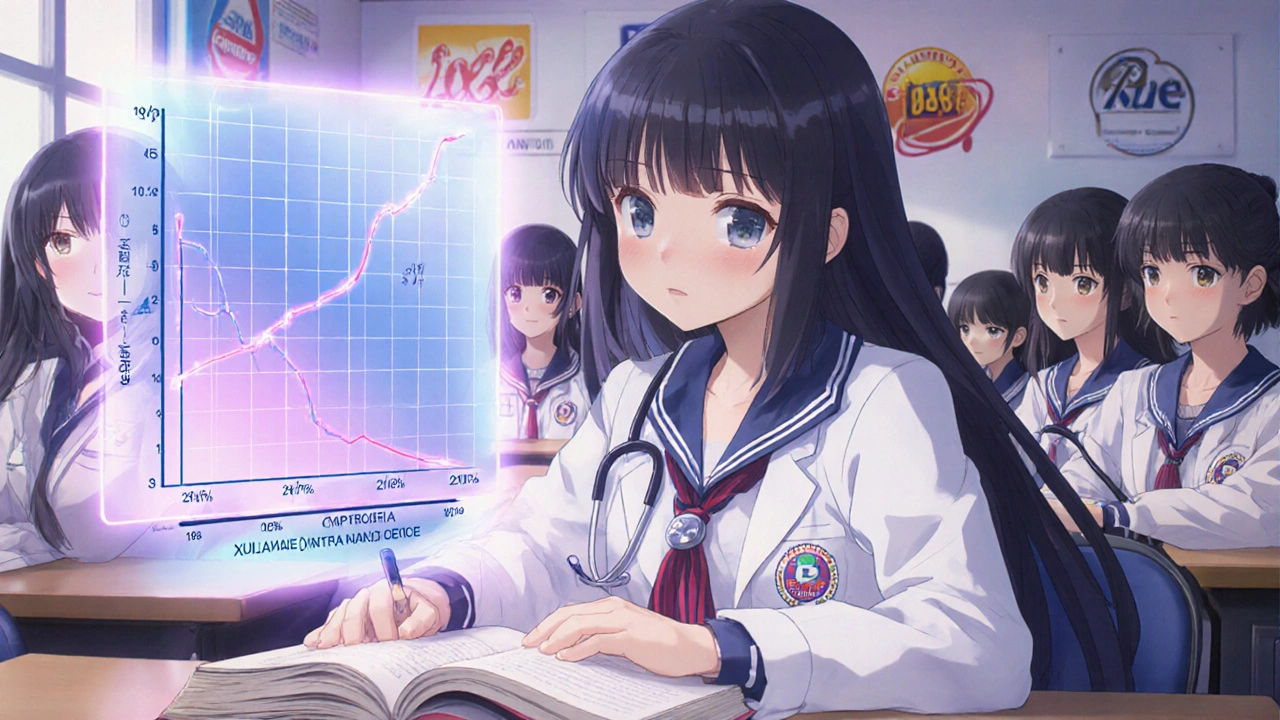
Doctors prescribe generics over 90% of the time in the U.S., yet many still don’t truly believe they work the same as brand-name drugs. It’s not about cost-it’s about trust. And that trust isn’t built in textbooks. It’s built through experience, reinforcement, and clear communication. But here’s the problem: most medical schools barely mention generic drugs. When they do, it’s a 20-minute footnote in a 400-hour pharmacology course. Meanwhile, patients are getting switched to generics every day-often without their doctors fully understanding why it’s safe, or how to explain it.
What Bioequivalence Really Means
When the FDA approves a generic drug, it doesn’t just copy the brand name. It proves the generic delivers the same amount of active ingredient into the bloodstream at the same speed. That’s bioequivalence. The standard? The average concentration of the drug in the blood (AUC) and the peak level (Cmax) must fall within 80% to 125% of the brand-name drug’s numbers. That’s not a guess. It’s based on studies with 24 to 36 healthy volunteers, measured with lab-grade precision.
It doesn’t mean the pill looks the same. It doesn’t mean the fillers are identical. But it does mean the body absorbs the medicine the same way. A generic levothyroxine tablet might have different dyes or binders than Synthroid-but the thyroid hormone it releases? Identical. The same goes for warfarin, sertraline, or metformin. The science is solid. The problem? Most doctors never learned how to interpret those numbers.
Why Medical Schools Ignore Generics
Medical curricula are packed. There’s no room for fluff. So what gets taught? Brand-name drugs. Why? Because that’s what the research papers use. That’s what the drug reps show. That’s what professors use in case studies. A 2023 analysis by the AAMC found that 78% of clinical case examples in U.S. medical schools still refer to brand names-even when generics are available and cheaper.
One doctor told a colleague: “I was taught that Lipitor was the gold standard for cholesterol. I didn’t even know atorvastatin was the same thing until I was five years into practice.” That’s not unusual. Pharmacology courses spend 12 hours on the mechanism of brand-name statins, but less than 30 minutes on generic substitution. No one teaches how to read a bioequivalence study. No one explains why a 10% difference in Cmax doesn’t mean a 10% drop in effectiveness.
And it’s not just students. Even experienced physicians get their knowledge from drug reps, not peer-reviewed journals. A 2024 Medscape poll showed that 54% of doctors don’t feel confident explaining bioequivalence to patients. Only 31% regularly use International Nonproprietary Names (INN) like “metoprolol” instead of “Lopressor.” That’s not ignorance-it’s a system failure.
The Gap Between Knowledge and Behavior
In 2015, researchers in Malaysia ran a simple experiment. They gave 30 doctors a 45-minute lecture on generics-covering bioequivalence, myths, and how to prescribe using INNs. Afterward, their knowledge scores jumped from 58.7% to 84%. Sounds great, right? But when they looked at actual prescribing habits six months later? Nothing changed. Doctors kept writing brand names. Why?
Because education alone doesn’t change behavior. Culture does.
Junior doctors watch senior doctors. If the attending physician always writes “Adderall” instead of “mixed amphetamine salts,” the resident learns that’s the right way. If the pharmacy sends a brand-name drug with a note saying “no substitution,” the doctor assumes it’s medically necessary. Even if the doctor knows better, the system pushes them back to old habits.
And then there are the scary stories. The 2016 Concerta controversy. Multiple patients reported reduced focus after switching from the brand to a generic methylphenidate. The FDA investigated. The generics met bioequivalence standards. But patients still felt different. Was it placebo? Maybe. But the perception stuck. Now, many psychiatrists avoid switching ADHD meds altogether-even when guidelines say it’s safe.
Similar concerns show up with epilepsy drugs. One 2022 survey found 23.4% of neurologists hesitate to switch patients to generics, fearing seizures. The FDA says the standards are the same. But when a patient’s life is on the line, caution wins over data.
What Actually Works
Changing prescribing habits isn’t about more lectures. It’s about feedback, repetition, and tools.
One study in Nature Scientific Reports found that pharmacists who reviewed 2,000 prescriptions with feedback became experts in spotting substitution issues. Doctors need the same. A simple system: every time a generic is prescribed, the electronic health record (EHR) shows a pop-up: “Bioequivalent to brand. Patient has tolerated generics before.” That’s not just a reminder-it’s reinforcement.
Even better? The teach-back method. Instead of saying, “This generic is just as good,” ask: “Can you tell me why we’re switching to this version?” If the patient can explain it, they’re more likely to stick with it. Dr. James Peterson, a family doctor in Ohio, used this with his patients. His questions about generics dropped by 63% in six months.
Some schools are catching on. Karolinska Institute in Sweden made INN prescribing mandatory in clinical evaluations. Graduates started using generic names 47% more often. That’s not luck. That’s policy.
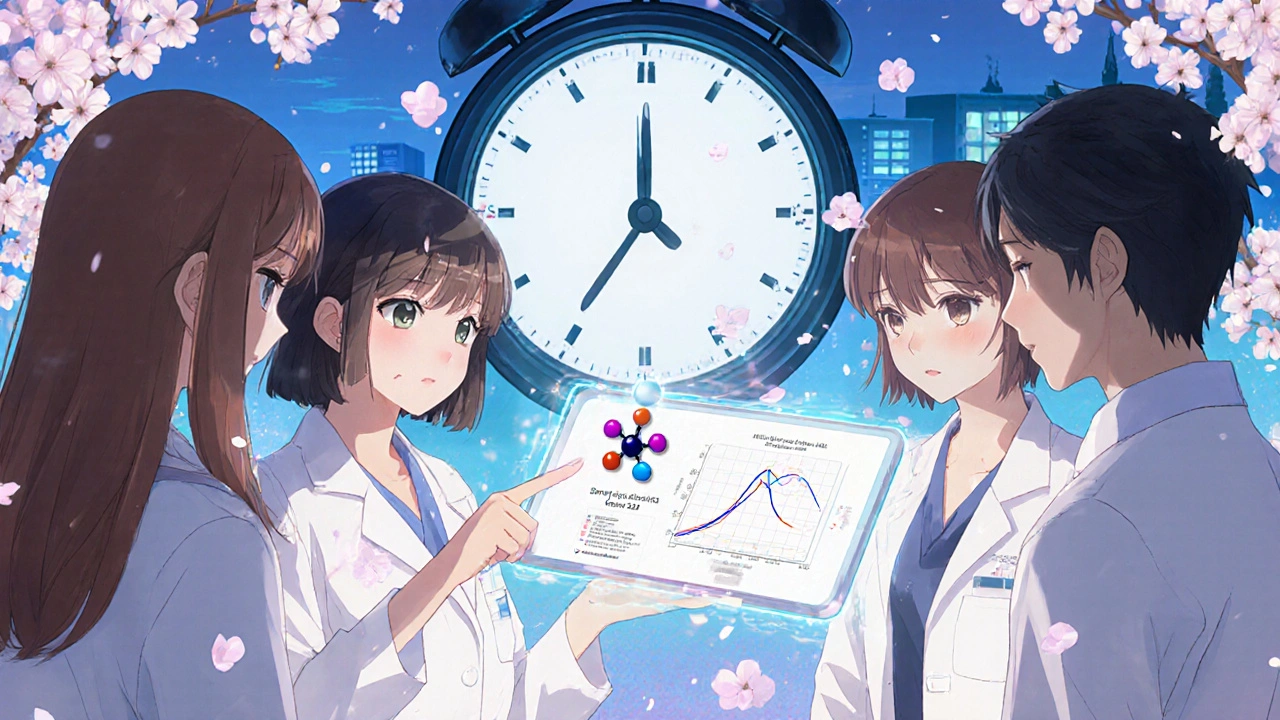
What’s Changing in 2025
The FDA just launched a new push: 15-minute microlearning modules on bioequivalence, available online for free. They’re designed for busy clinicians-watch during lunch, pause and resume, no certification needed. The Agency for Healthcare Research and Quality (AHRQ) released updated prescribing guidelines in early 2024, pushing for INN use and teach-back as standard practice.
By late 2025, EHRs will start integrating real-time bioequivalence data. When a doctor types “levothyroxine,” the system will show: “Teva and Mylan generics are bioequivalent to Synthroid. No clinical differences reported in 12,000 patient records.” That’s not marketing. That’s evidence.
And the economic stakes? Massive. Generics save the U.S. system $156 billion a year by 2030, according to the IMS Institute. But only if doctors actually prescribe them-and patients trust them.
Where the System Still Fails
Only 38% of U.S. healthcare systems have decision-support tools that flag generic options at the point of care. Just 43% of teaching hospitals have formal generic drug education resources. Most doctors still get their info from drug reps, not FDA data.
And patients? A January 2024 Kaiser Family Foundation poll found 38% of Americans worry about generic drug quality. Why? Because their doctor never explained it. They heard “this is cheaper” and assumed “this is worse.”
There’s no single fix. But there’s a clear path: integrate bioequivalence into core training. Reward INN prescribing. Use EHRs to support decisions, not override them. And most importantly-teach doctors how to talk about it.
Doctors don’t need to be pharmacologists. They need to know: generics work. And if they’re going to prescribe them, they need to be able to say why-clearly, confidently, and without hesitation.
Do generic drugs work as well as brand-name drugs?
Yes. The FDA requires generics to prove bioequivalence-meaning they deliver the same amount of active ingredient into the bloodstream at the same rate as the brand-name version. Studies show no meaningful difference in effectiveness or safety for the vast majority of drugs. The only exceptions are drugs with a very narrow therapeutic index, like warfarin or levothyroxine, where even small changes can matter-but even then, bioequivalence standards apply equally.
Why do some doctors refuse to prescribe generics?
Some doctors were trained using brand names and never learned the science behind generics. Others have had anecdotal experiences-like patients reporting reduced effectiveness after switching-that stick more than data. Workplace culture plays a big role: if senior doctors always use brand names, juniors follow. And without feedback or EHR tools to support generic prescribing, old habits persist.
Are generics safe for chronic conditions like epilepsy or thyroid disease?
Yes. The FDA applies the same bioequivalence standards to all drugs, including those with narrow therapeutic windows. While some neurologists and endocrinologists remain cautious due to isolated patient reports, large-scale studies and decades of real-world use show no increased risk when switching between approved generics and brand-name versions. The key is consistency: once a patient is stable on a specific generic, avoid unnecessary switches.
What’s the difference between INN and brand names?
INN stands for International Nonproprietary Name-it’s the generic, scientific name of a drug, like “metformin” or “amlodipine.” Brand names are trademarked, like Glucophage or Norvasc. Using INNs reduces confusion, cuts prescribing errors, and supports cost savings. But most doctors still default to brand names because that’s what they learned.
Can I trust generics from different manufacturers?
Yes. Every generic manufacturer must meet the same FDA standards. The agency inspects every facility and requires each batch to pass bioequivalence testing. A generic made by Teva, Mylan, or Sandoz is held to the same standard as the brand. Differences in inactive ingredients (like dyes or fillers) don’t affect how the drug works-only how it looks or tastes.
How can doctors improve their understanding of generics?
Start with the FDA’s free 15-minute microlearning modules on bioequivalence. Use EHR alerts that show generic equivalence data at the point of care. Practice the teach-back method with patients: ask them to explain why they’re switching. Join peer groups that review prescribing patterns. And most importantly-ask your pharmacy: “Is this generic bioequivalent?” Don’t assume. Verify.
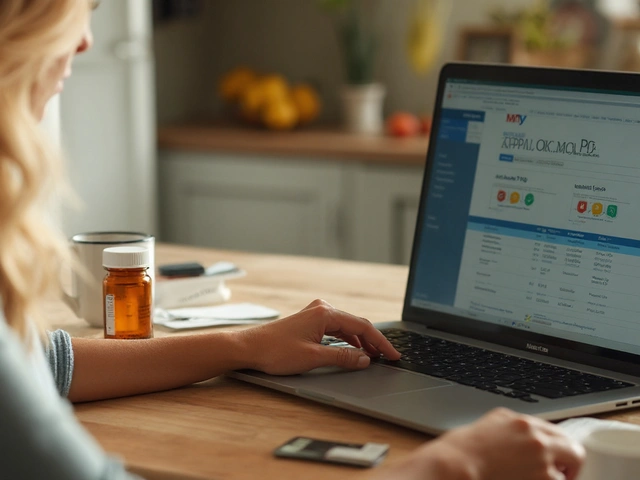
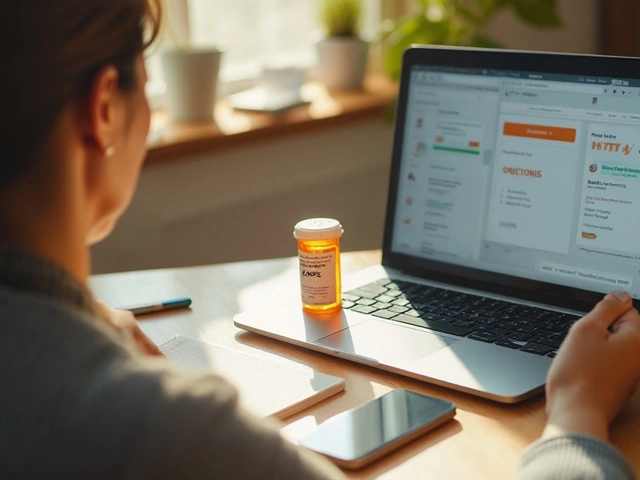
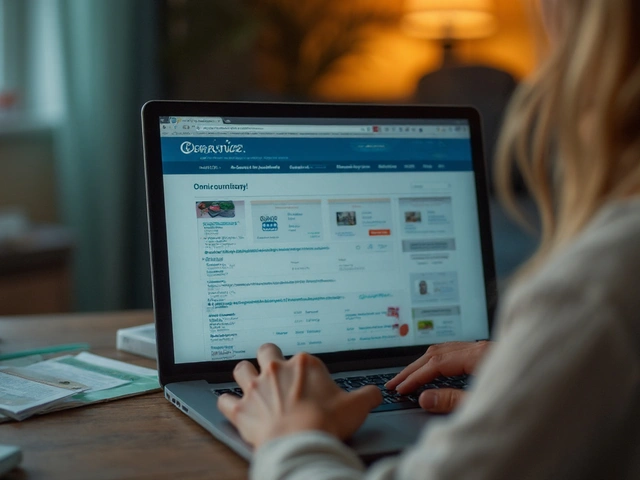


Comments (1)
Micaela Yarman
Let’s be real-medical schools are still stuck in the 90s. I graduated in 2020 and the only time generics were mentioned was during a slide titled ‘Cost Savings: The Corporate Agenda.’ No one ever explained bioequivalence. I had to Google it myself. And now I’m a resident and still get asked by patients why we’re switching them from ‘the real one’ to ‘that cheap stuff.’ It’s not their fault. It’s the system.